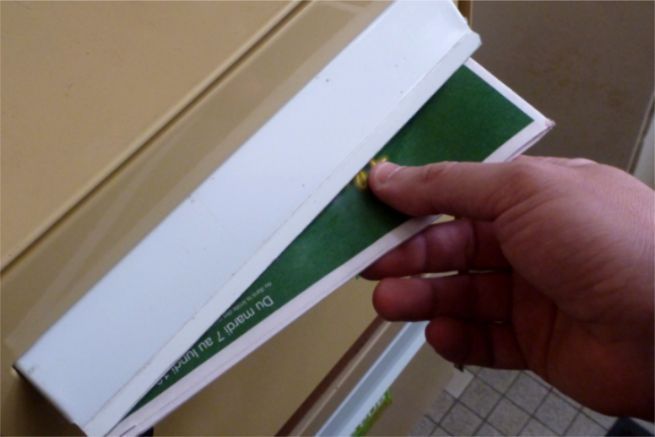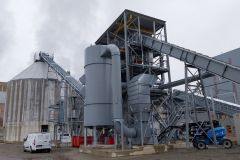To settle the age-old debate on the environmental impact of paper, La Poste commissioned a comparative study of paper and digital communications.
This report, produced by the independent Swiss firm Quantis, is based on the Life Cycle Assessment (LCA). The LCA takes into account all the materials and energy involved in the life of a product or service. It includes 16 criteria divided into five categories: impact on ecosystems, resources, human health, water use and climate change.
Five practical cases, representative of the French company's customer relations practices, were compared with the paper version and its digital version. And in most cases, the paper version is more favourable than the digital version.
And for each scenario, the study puts forward levers to minimize the environmental footprint.
Advertising of a paper automobile brand
A 16-page A5 colour mailing sent by addressed mail was compared to a website accessible via a link sent by email.
The study reveals that paper is more favourable than digital for 13 of the 16 indicators environmental issues, in particular climate change, the use of fossil resources, human health and acidification. For example, a paper mailing has 1.7 times less impact on the depletion of the ozone layer than an emailing.
The environmental impact of print advertising could be reduced by playing on paper quality and readership rates. For the digital version, reducing energy consumption (hosting, routing, consultation) and the number of servers required would improve LCA.
Catalogue of a furniture brand
An addressed catalogue, sent by mail, versus an e-commerce type website with an emailing communication campaign.
This is the least favourable practical case for paper. The cellulose support is better placed that digital on only 4 environmental criteria These include non-carcinogenic human toxicity, ionising radiation, eutrophication of freshwater and the use of mineral resources.
Nevertheless, the fact remains that an addressed paper catalogue has 3.7 times less effect on freshwater eutrophication than a website.
For paper, the levers for optimizing the ecological footprint are the type of inks, pagination, media quality and reader rate. For the digital version, work needs to be done on energy consumption, number of servers, rate of visits, rate of increase in the flow of information related to digital marketing and obsolescence of web infrastructures.
Small advertisement for a restaurant chain
A full-colour A5-size flyer distributed in a letterbox was compared to a short advertising video distributed on social networks.
Paper is more favorable that digital for 15 of 16 environmental indicators (all except land use). For example, a paper flyer has 3.3 times less impact on global warming than a video on social networks.
Paper quality, read rates and plastic wrapping of pallets could be improved to reduce the environmental impact of the printed version. For digital, this is a question of energy consumption (hosting, routing and terminal consultation).
Catalogue of a supermarket chain
A 36-page color promotional catalog distributed in a mailbox against a mobile application used from the sending of an emailing integrating a video.
Paper is more favourable than digital for 15 environmental indicators (as for advertising for a restaurant chain, all criteria except land use).
A paper catalogue thus has an impact 5 times less on ocean acidification than an online catalogue.
The levers for optimising the print catalogue are the nature of the inks, the quality of the paper, the reading rate and the energy efficiency of the paper mill. For the online catalogue, it is the energy consumption (hosting, routing, terminal consultation) that would improve the environmental footprint.
Electricity bill
An invoice sent by addressed mail was compared to an electronic invoice accessible on a website with e-mail notification.
Paper is more favourable than digital for 9 of the 16 criteria including climate change, the use of fossil resources and acidification. For example, a paper bill uses 2.5 times less fossil resources than a digital bill.
Paper quality, pagination and energy efficiency of the paper mill are the areas where the environmental footprint of the printed bill can be improved. For the digital version, it is the number of servers, their locations and the printing rate of the digital invoice.
Key lessons learned
According to a spokeswoman for the French group, the three main areas of work concerning paper communication resulting from this study are improving the targeting of campaigns, the preference given to biosourced or vegetable-based inks, and to recycled or FSC and PEFC-labelled products.
And for digital communication, the main lessons are the optimization of hosting, the reduction of the weight of documents and the limitation of data flows.
And this study reminds us that "paperless solutions are not without environmental impact." and shows that, "Regardless of the preferred medium - paper or digital - improvement levers exist to limit the environmental impact of companies' communications and marketing actions while optimizing their marketing performance."












